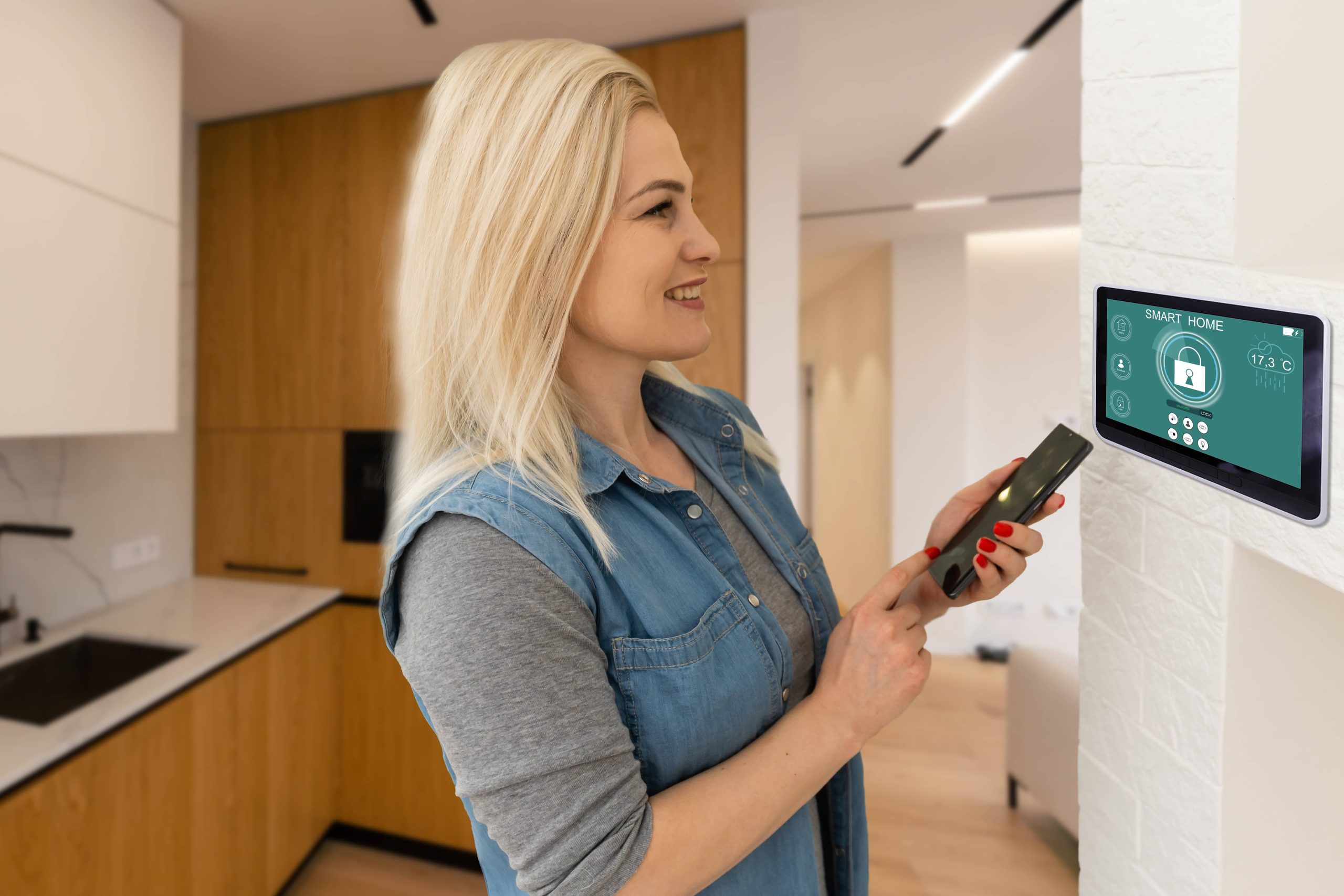
In the ever-evolving world of smart home technology, personalization is key. The ability to tailor your environment to suit your mood, activity, or occasion is what makes a smart home truly “smart.” Whether you’re hosting a dinner party, enjoying a quiet evening, or waking up to a new day, creating personalized smart home scenes can enhance your experience and make your home more comfortable and efficient. In this blog post, we’ll explore how to create these personalized scenes and the benefits they bring to your daily life.
Understanding Smart Home Scenes
Before diving into the creation of personalized scenes, it’s essential to understand what a smart home scene is. A scene is a pre-configured setting that controls multiple smart devices simultaneously. For example, a “Movie Night” scene might dim the lights, close the blinds, and turn on the TV to your favorite streaming service. Scenes can be activated with a single command, making them a convenient way to manage your smart home devices.
The Benefits of Personalized Scenes
1. Convenience: With personalized scenes, you can control multiple devices with a single command, saving time and effort. No more fiddling with individual settings for each device.
2. Energy Efficiency: By automating your devices, you can ensure they are only on when needed, reducing energy consumption and lowering your utility bills.
3. Enhanced Ambiance: Whether you’re setting the mood for a romantic dinner or creating a relaxing environment for a bath, personalized scenes can help you achieve the perfect ambiance.
4. Improved Security: Scenes can also enhance security by simulating your presence when you’re away, deterring potential intruders.
Creating Personalized Scenes
Creating personalized smart home scenes involves a few key steps:
1. Identify Your Needs
Start by identifying the occasions or activities for which you want to create scenes. Common scenarios include:
– Morning Routine: Gradually brighten the lights, play your favorite morning playlist, and adjust the thermostat to a comfortable temperature.
– Dinner Party: Set the lights to a warm glow, play background music, and adjust the thermostat for comfort.
– Bedtime: Dim the lights, lock the doors, and set the thermostat to your preferred sleeping temperature.
2. Choose Compatible Devices
Ensure that your smart home devices are compatible with your chosen platform, whether it’s Amazon Alexa, Google Home, or Apple HomeKit. Most modern smart devices are compatible with multiple platforms, but it’s always good to check.
3. Use a Smart Home Hub
A smart home hub can simplify the process of creating scenes by allowing you to control all your devices from a single app. Popular hubs include Samsung SmartThings, Wink, and Hubitat. These hubs often offer more advanced automation options than individual device apps.
4. Configure Your Scenes
Using your smart home app or hub, configure your scenes by selecting the devices you want to include and setting their desired states. For example, in a “Relaxation” scene, you might set the lights to a soft blue, play calming music, and adjust the thermostat to a cooler temperature.
5. Test and Adjust
Once your scenes are set up, test them to ensure they work as expected. You may need to make adjustments to achieve the desired effect. Don’t be afraid to experiment with different settings until you find what works best for you.
Advanced Scene Customization
For those who want to take their smart home scenes to the next level, consider these advanced customization options:
– Voice Activation: Use voice commands to activate your scenes. Most smart home platforms support voice control, allowing you to say, “Alexa, start Movie Night,” to activate your scene.
– Geofencing: Use your smartphone’s location to trigger scenes automatically. For example, set your “Welcome Home” scene to activate when you arrive home, turning on the lights and adjusting the thermostat.
– Scheduled Scenes: Schedule scenes to activate at specific times. For instance, set your “Morning Routine” scene to start at 7:00 AM on weekdays.
– Sensor Integration: Integrate motion sensors, door sensors, or temperature sensors to trigger scenes based on environmental changes. For example, a motion sensor in the hallway could activate a “Night Light” scene when you get up in the middle of the night.
Conclusion
Creating personalized smart home scenes is a powerful way to enhance your living environment and make your daily routines more enjoyable and efficient. By understanding your needs, choosing compatible devices, and using a smart home hub, you can create scenes that cater to any occasion. Whether you’re a tech enthusiast or a smart home novice, the possibilities are endless. So, start experimenting with your smart home scenes today and experience the convenience and comfort they bring to your life.







